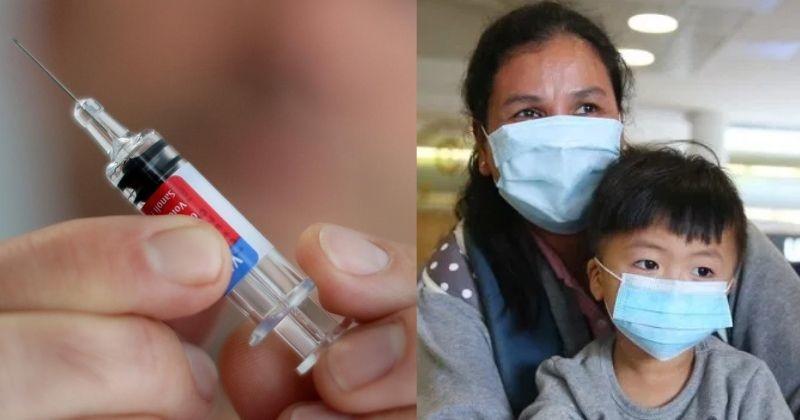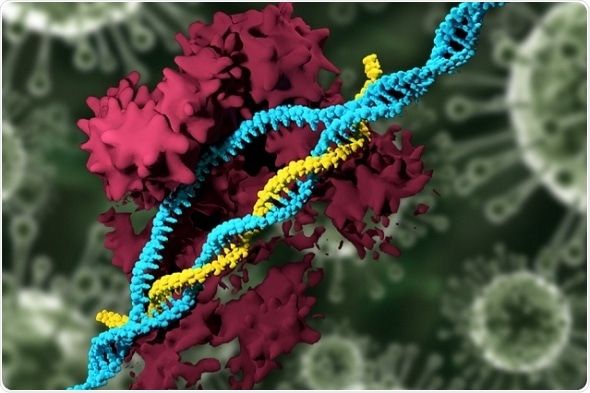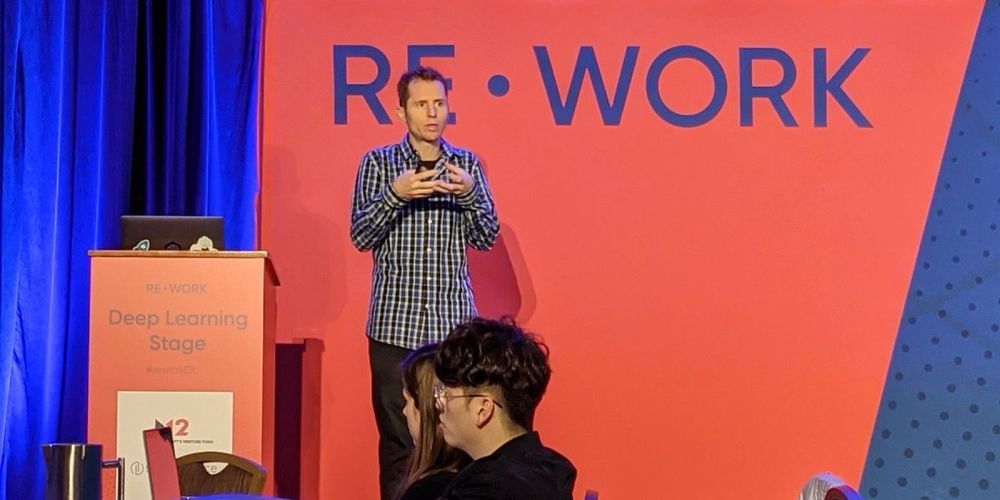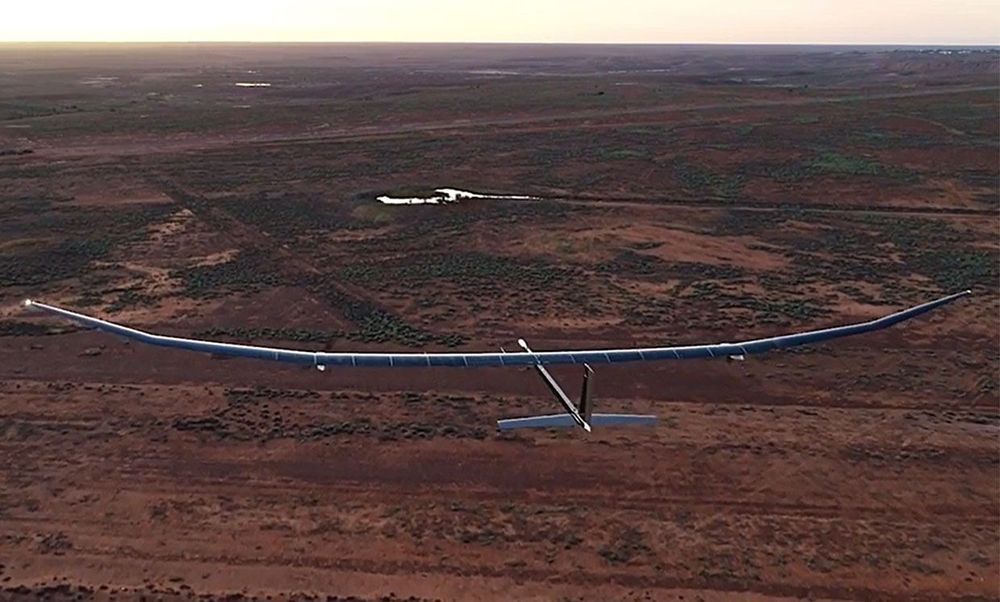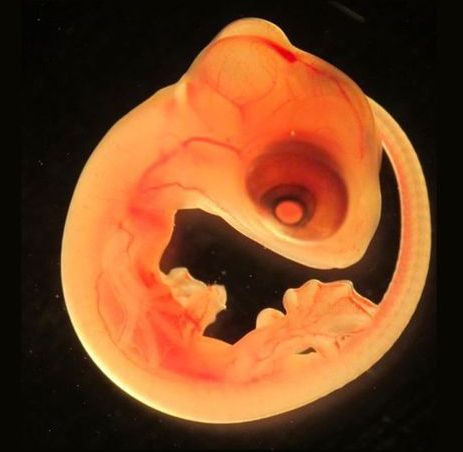Wuhan Coronavirus Pandemic — new US case.
“U.S. Health and Human Services Secretary Alex Azar confirmed a new case of the coronavirus in the U.S. “Coming into this hearing, I was informed that we have a 15th confirmed case, the epidemiology of which we are still discerning,” he testified before a House panel. The new case brings the total number of cases in the U.S. to 60. The CDC has separated out 45 confirmed infections in people evacuated from a cruise ship in Japan or from Wuhan, China from its official case count.”
As of Wednesday, more than 81,000 cases of coronavirus have been reported, resulting in at least 2,764 deaths.


